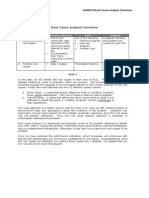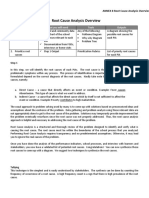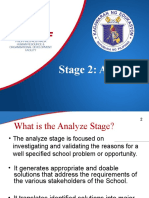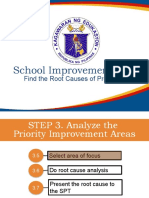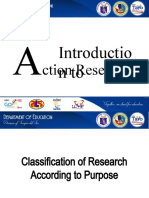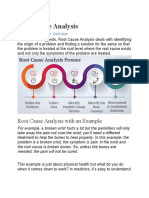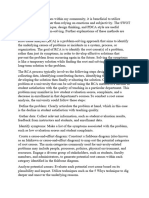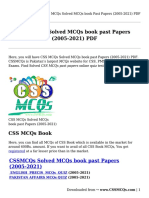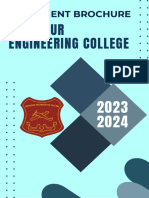0% found this document useful (0 votes)
42 views5 pagesSIP Annex 8 - Root Cause Analysis Overview
The document provides an overview of the Root Cause Analysis (RCA) process, outlining steps to identify and prioritize root causes of issues in educational settings. It emphasizes the importance of accurately diagnosing root causes to develop effective solutions and includes various tools such as Fishbone and Why-Why diagrams. Additionally, it offers techniques for synthesizing and prioritizing root causes to facilitate targeted interventions.
Uploaded by
AivieCopyright
© © All Rights Reserved
We take content rights seriously. If you suspect this is your content, claim it here.
Available Formats
Download as DOC, PDF, TXT or read online on Scribd
0% found this document useful (0 votes)
42 views5 pagesSIP Annex 8 - Root Cause Analysis Overview
The document provides an overview of the Root Cause Analysis (RCA) process, outlining steps to identify and prioritize root causes of issues in educational settings. It emphasizes the importance of accurately diagnosing root causes to develop effective solutions and includes various tools such as Fishbone and Why-Why diagrams. Additionally, it offers techniques for synthesizing and prioritizing root causes to facilitate targeted interventions.
Uploaded by
AivieCopyright
© © All Rights Reserved
We take content rights seriously. If you suspect this is your content, claim it here.
Available Formats
Download as DOC, PDF, TXT or read online on Scribd
/ 5



